I’m learning a lot about buying property. Beyond securing funds, discussing realtor things with realtors, and having the owner accept our offer, we learned that a sewage inspection is required before transfer of the property.
In Fall 2006 Pennsylvania’s Peach Bottom Township adopted an on-lot sewage disposal system management program in accordance with the guidelines established by the Pennsylvania Department of Environmental Protection. A mandatory program, the general overview is that homeowners with on-lot sewage disposal systems must have an inspection and removal of accumulated solids every five years. After a little research, I learned that most houses should have their on-lot sewage disposal system pumped over one to two years. Our little cabin is not our daily residence so the five year system should be sufficient. You can learn all the specific details on Peach Bottom Township’s website.

IT MUST GO SOMEWHERE: After several minutes of discovery, the septic tank was located and opened.After several minutes of trying to locate the 500 gallon cement septic tank, Michelle (from Peach Bottom Township) and Mike (from Miller & Sons) got to work at inspecting the level within the tank, adding liquid, checking the drain field for output, and emptying out the solid waste.
After several minutes of trying to locate the 500 gallon cement septic tank, Michelle (from Peach Bottom Township) and Mike (from Miller & Sons) got to work at inspecting the level within the tank, adding liquid, checking the drain field for output, and emptying out the solid waste.
I got a very nice lesson from Michelle, including on-site hand drawn images, about how my sewage system works. Although some of the character is lost over the internet, if you’re dying to know, check out this information sheet. Because the hard to locate “top” of our tank is below grade (i.e. it’s below the level of the yard) she recommended we have MIke come back and install a collar to avoid having water wash into the tank.
There were no apparent streams of liquid from the drain field and after a quick check from inside the cabin that liquid was going into the septic tank, Michelle snapped some photos from within the tank (yes, within), confirmed there were no issues, replaced the top, handed me a paper to sign, and we are one step closer to getting those keys in our hot hands.

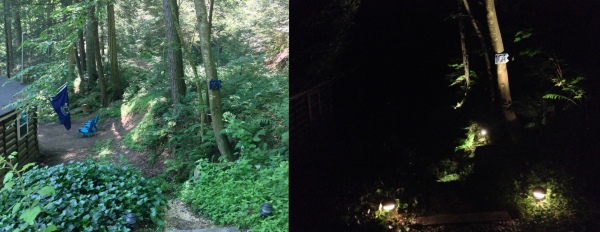
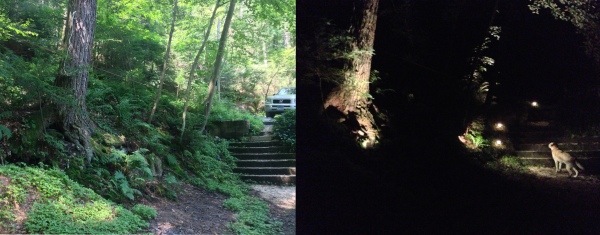
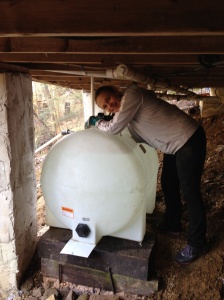
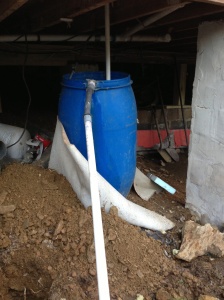
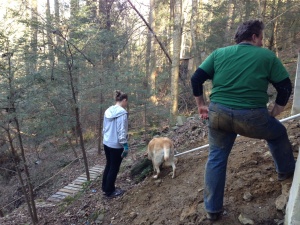
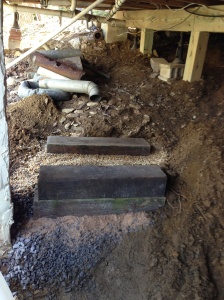

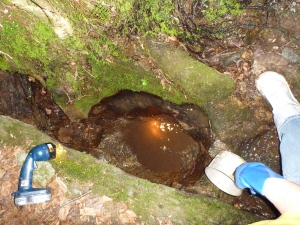
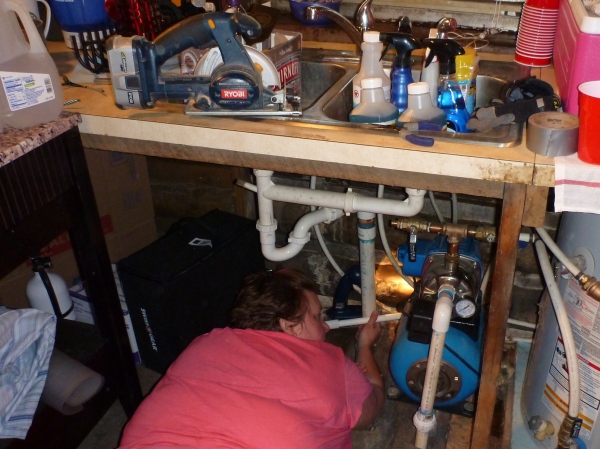
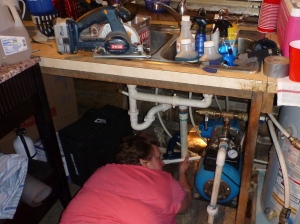
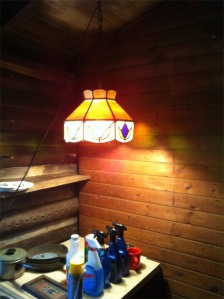
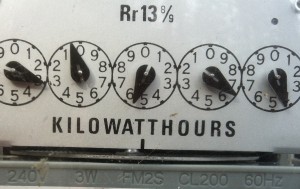

You must be logged in to post a comment.